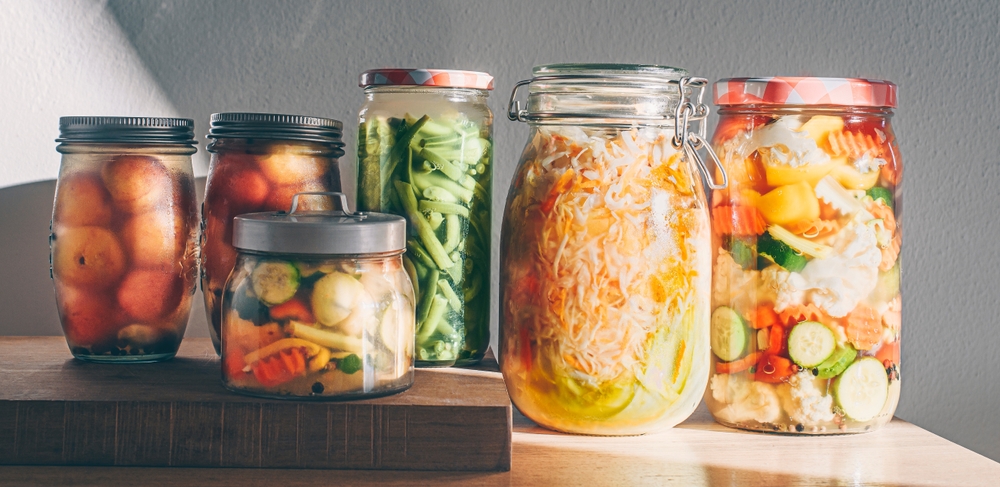Adapting supply chains for responsible ingredient sourcing in diverse regions
Adapting supply chains for responsible ingredient sourcing in diverse regions requires practical coordination across producers, distributors, and kitchen teams. This article outlines operational approaches—covering sourcing, seasonality, preservation, traceability, and workflows—that support menu planning and responsible procurement while reducing waste and supporting regional economies.

Adapting supply chains for responsible ingredient sourcing
Adapting supply chains to source ingredients responsibly across regions means aligning procurement with local seasons, reliable preservation, and transparent traceability while keeping menu needs and cuisine identities intact. Kitchens and procurement teams must balance consistent supply for recipes and pairings with regional variability in availability, price, and quality. Successful approaches combine demand-aware workflows, partnerships with distributors and cooperatives, and clear data on volumes, lead times, and waste management to protect margins and support sustainable sourcing.
menu and regional sourcing
Designing a menu with regional sourcing in mind begins with flexibility. Instead of fixed single-ingredient items, consider interchangeable components and seasonal feature rotations that keep dishes consistent in spirit while allowing substitutions based on local supply. This reduces pressure on long-distance transport, lowers risk of stockouts, and can enrich cuisine authenticity by highlighting regional produce. Integrating pricing and portion controls into menu planning helps kitchens adapt recipes and maintain margins when supply or input costs fluctuate.
cuisine diversity and supply considerations
Different cuisines rely on distinctive ingredients or preparation methods; accommodating that diversity requires tailored sourcing strategies. For cuisine that depends on specialty spices or fermented elements, build relationships with niche suppliers or regional processors who can meet quality and batch consistency needs. Cross-training procurement staff to recognize alternative ingredients that preserve traditional flavor profiles helps maintain authenticity. Workflows should include contingency lists for acceptable substitutes and clear labeling so that dish pairings and recipe integrity remain understandable to kitchen teams.
beverage sourcing, preservation, and fermentation
Beverage programs often combine perishable fresh inputs (herbs, fruits) and shelf-stable items (syrups, concentrates). Preservation and fermentation can extend the window for using seasonal ingredients and create distinctive beverage offerings tied to place. Planning for on-site or local fermentation and preservation reduces dependence on imports, smooths supply variability, and can lower waste. Logistics for beverage components should include temperature-controlled storage and standardized small-batch production plans to coordinate volume with expected menu demand.
seasonality, preservation, and waste workflows
Seasonality informs when to scale orders, when to preserve or ferment, and when to negotiate longer-term contracts. Effective workflows map the seasonal calendar to procurement, prep, and preservation tasks so that surplus produce is processed into preserved goods or fermented products rather than discarded. Standard operating procedures for preservation—such as brining, pickling, or controlled-atmosphere storage—help kitchens capture value from peak harvests and smooth supply into off-season months while lowering food waste metrics.
traceability and operational workflows
Traceability across the supply chain supports responsible sourcing by documenting origin, handling, and certifications. Implementing practical traceability can start with structured receiving logs, lot tracking for key ingredients, and digital records tied to supplier invoices. Operational workflows that require batch identification for perishable items make recalls or quality inquiries faster and reduce uncertainty. Clear communication channels between purchasing, receiving, and kitchen teams keep menus aligned with availability and preserve the integrity of pairings and recipes.
| Product/Service | Provider | Cost Estimation |
|---|---|---|
| Wholesale produce cases (mixed seasonal) | Sysco | $20–$80 per case depending on item and volume |
| Protein distribution (meat/seafood) | US Foods | $30–$200 per case or per order, varying by cut and market |
| Specialty and organic grocery distribution | UNFI | 10–40% premium over conventional wholesale for organic/specialty items |
| Regional produce aggregation / co-op services | Local cooperatives or food hubs | Variable: smaller minimums, per-pound pricing often competitive but depends on season and volume |
Prices, rates, or cost estimates mentioned in this article are based on the latest available information but may change over time. Independent research is advised before making financial decisions.
Real-world cost insights center on volume, product type, and contract terms. National distributors can offer scale and consistent logistics but often require higher minimum orders and involve markups for handling. Regional cooperatives or direct farm relationships may reduce lead times and support traceability, though unit costs can be less predictable. Many kitchens find hybrid models—using national distributors for baseline supply and regional partners for seasonal or specialty items—help balance reliability, pricing, and sustainability goals.
pricing, suppliers, and inventory strategies
Inventory strategies that align with pricing realities help control costs and reduce waste. Use par-level systems for staple ingredients and flexible reordering for seasonal items. Negotiate contract terms that allow for seasonal adjustments or short windows for volume changes. Consider shared distribution or pooled orders with other local businesses to reduce per-unit freight and access lower minimums from larger distributors. Transparent supplier scorecards that include reliability, traceability, and environmental practices support buying decisions that reflect both cost and responsible sourcing priorities.
Adapting supply chains for responsible ingredient sourcing requires a mix of operational discipline, supplier relationships, and creative menu design. By focusing on seasonality-aware menus, preservation and fermentation to extend availability, improved traceability, and pragmatic pricing strategies, kitchens and procurement teams can support regional economies, reduce waste, and deliver consistent cuisine and beverage experiences across diverse regions.





